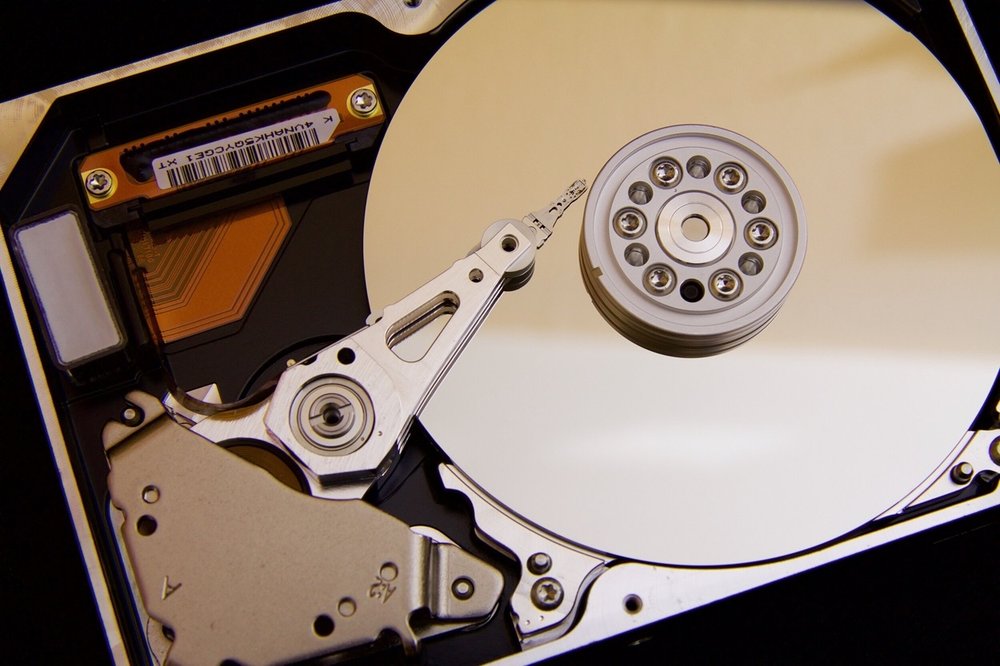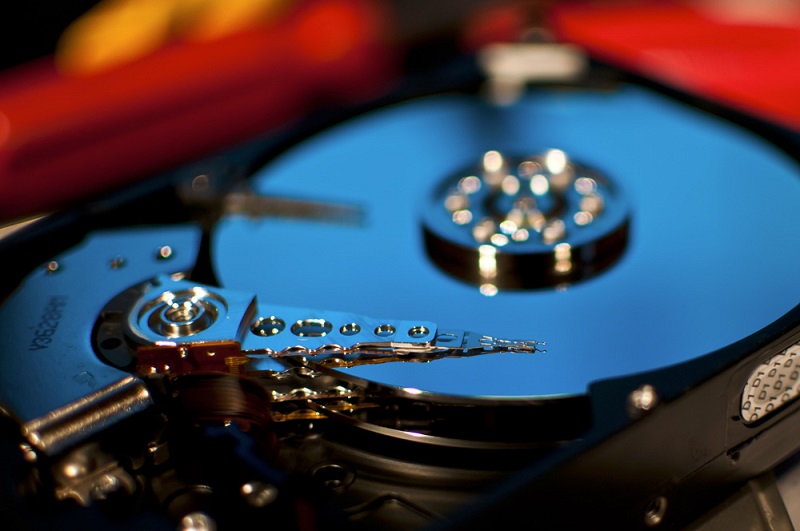In addition, the company designed the Toshiba MG04 series. Aimed at mid-range and near-business workloads, it is the industry’s first enterprise capacity hard drive to support industry technologies 4K Advanced Format as well as persistent write cache technology, aimed at aimed at improving performance and reliability. This drive meets the high capacity needs of midsize servers and cloud application workloads, as well as capacity-optimized data center storage systems. With a 6 Gb/s interface model, the SAS MG04SCA and SATA MG04ACA series (7200 rpm) are available in 3.5-inch models with capacities up to 5 TB. case of sudden power failure. enterprise storage products are available with optional encryption and security features designed to comply with standard security protocols,” said Scott Wright, enterprise hard drive marketing manager. industry standards such as the Trusted Computing Group Enterprise Security Subclass for self-encrypting drives”. . for the Toshiba Storage Products business unit.
Seagate
Seagate also offers a wide range of 3.5-inch and 2.5-inch enterprise drives (SAS and SATA), including 15,000 RPM models with capacities up to 300 GB, 10,000 RPM hard drives. Can hold up to 900 GB of disks in 3.5″ and 2.5″ formats. On the side of the near-line drive is a 3.5-capacity Seagate Enterprise hard drive, which is considered the world’s fastest Near-line drive with a workload limit of 550 TB/year, about 10 times more than a computer drive for storage. table.
Additionally, Seagate offers self-encrypting drives (SEDs) at no additional charge. And like Toshiba and others in this guide, Seagate offers SSDs. The company advises users to choose the right storage media for the right application.
“SSDs and HDDs complement each other in mixed workload environments,” said Jon Piazza, spokesman for Seagate. “SAS has replaced FC for hard drives, and SAS is moving from 6 Gb/s to 12 Gb/s for greater performance and scalability.”
HGST
According to Brendan Collins, vice president of product marketing for HGST, formerly Hitachi Global Storage Technologies, HGST is now owned by Western Digital (WD), although it continues to develop and market products independently of WD. Its biggest recent announcement is the He6 line of helium-filled hard drives. Based on its HelioSeal platform, the series is said to harness helium to create the world’s highest capacity hard drive. These hermetically sealed helium-filled hard drives can be integrated into existing server and storage system architectures.
For example, the Ultrastar He6 helium-filled HGST hard drive has 6TB of storage capacity.
“This is the highest capacity hard drive on the market with a seven-drive design, delivering the best TCO, lowest power consumption and best watts per TB,” said Collins.
It backs that up with numbers like 23% less standby power per drive, 49% more watts per TB, and 50% more density than the competition. It’s also lighter than the standard 3.5-inch 50g 5-disc drive, while packing two more platters and has a 38% lower weight per TB.
WD
Over the past year, WD has rolled out a portfolio of enterprise-class datacenter hard drives to meet needs such as high-performance RAID-based enterprise servers and storage systems and process-based data centers. evolutionary replication. Example: WD Se Datacenter Capacity Hard Drives for large-scale NAS and large-scale cloud applications.
“With its combination of capacity, reliability, and workload capability, WD Se provides a cost-effective solution for large-scale cloud deployments and low- and mid-range arrays. designed for low-power workload applications,” said Brian Mallari, product marketing manager for WD data center products.
WD’s newest drive is the WD Purple, a line of high-capacity 3.5-inch hard drives for CCTV equipment. It offers up to eight hard drives (1TB to 4TB each) and up to 32 high-definition (HD) video cameras. According to Matt Rutledge, senior vice president of WD’s storage technology group, the goal is to improve high-definition video playback and be able to operate in 24×7 surveillance environments. the future of hard drives

With the lightning frenzy going on, should we all abandon the ship on our turnaround record? Sure, many of us have done so with our latest laptops. But in terms of business, don’t expect the hard drive to quietly go to sleep.
Ptak Associates analyst Mike Karp thinks spinning disks will be around for a very long time, especially high-capacity discs, which are much slower and cheaper than flash. But he doesn’t see much of a long-term future for Fiber Channel drives or other drives with spindle speeds of 10,000 RPM or more. “These are relatively expensive, roughly the same as buying SSDs, have small capacities, and the cost of running them far outweighs the costs associated with SSDs,” he said.
“Adding pins to increase I/O performance is no longer a viable option,” says Karp. “But the slower drives will be with us for a long time, used in applications where purchase price is paramount, such as mass storage, active storage, and copies. backup D2D and D2D2T.”
But StorageIO Group analyst Greg Schulz says rumors about the disappearance of hard drives are premature.
“Although they have been retired, they continue to grow and are used from consumers to SOHO to SMBs and enterprises and in large numbers to the cloud providers where they are,” Schulz said. coexist with flash SSDs,” said Schulz. “There are also hard drives that are starting to reappear in tablets or SSD-based superbooks, but now need more space. SSDs are great for I/O consolidation where HDDs are great at optimizing and consolidating space capacity, not to mention supporting inefficient near-route and active data as well as Low cost data storage and backup.
HGST’s Collins adds that HGST sees a continuing need for high-capacity, performance-driven enterprise hard drives.
“About 10-15% of all data in the data center is hot, and we expect that same percentage of storage will end up on SSDs and the remaining 85-90% will end up on SSDs,” says Collins. HDD”. “Given that the pre-GB price trends of the two technologies appear to be relatively similar, there is not going to be a crossover in the near future.”

